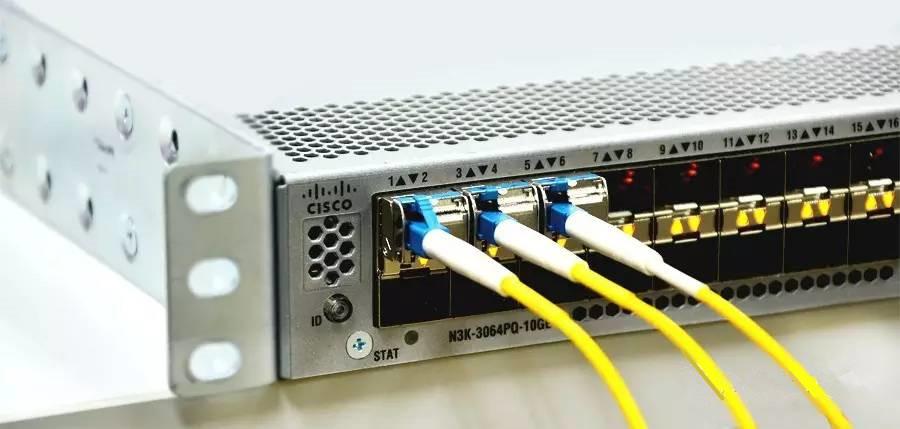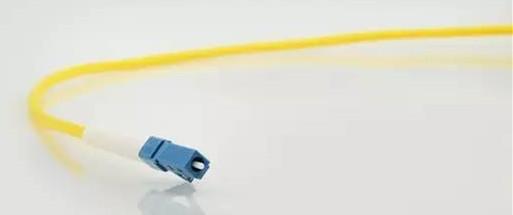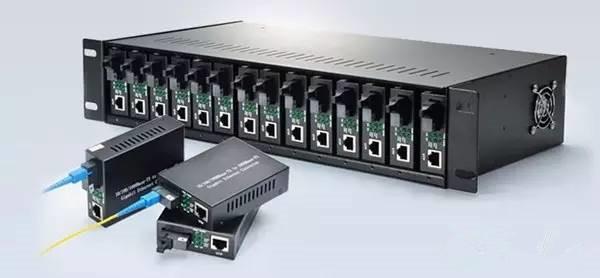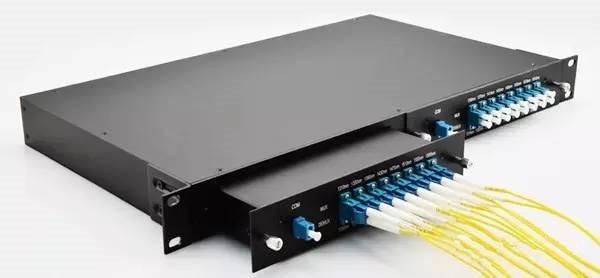- Related articles
- Optical Transceivers for Cisco N5010P-4N2248TF-B Switch
- Optical Transceivers for Cisco N3K-C3132Q-XL Switch
- Difference between 10BASE T and 100BASE T
- All Cisco XFP10GLR192SR-RGD's information (List price, Specs, Datasheet PDF, Compatibility
- What is a transceiver in networking?
- Optical Transceivers for Cisco WS-C3650-48FWD-S Switch
- The Things You Need to Know about 1000BASE-CX Ethernet Standards
- All Cisco DS-SFP-FC8G-SW’s Information ( Overview, Features, Datasheet PDF, Price, Specifi
- Optical Transceivers for Cisco SRW224G4-K9-UK Switch
- Optical Transceivers for Cisco WS-C2960-24TT-L Switch

For a long time, fiber network system uses two fibers to complete duplex communication, one for transmitting signals and the other for receiving signals. However, single-fiber bidirectional technology breaks the traditional pattern. For network managers, this technology is an ideal solution to address fiber capacity constraints and save fiber resources. In addition, more and more people are more inclined to use single-fiber bidirectional transmission equipment in the installation of fiber network systems. But is the single-fiber bidirectional solution really suitable for you? After reading this article, I think you will find the answer.
Basic knowledge of single fiber Bidirectional transmission
The single fiber bi-directional transmission means that a fiber transmits and receives optical signals of two directions at the same time. In recent years, the mainstream of single fiber bidirectional transmission technology is the transmission in the opposite direction of two optical signals with different wavelengths, that is, dual-wavelength single fiber bidirectional transmission technology. This technique utilizes wavelength division multiplexing (WDM) coupler (also called a duplexer) to transmit optical signals of different wavelengths to a fiber at the transmitter and separate optical signals of different wavelengths at the receiving end according to the wavelength. This WDM coupler is usually integrated into the optical module with the standard interface (as shown in the following picture).

Advantages and disadvantages of single-fiber bidirectional solution
The single fiber bidirectional solution has become the darling of fiber communication system with its existing advantages and recognized potential. It is widely used in the optical transport network, access network, wireless backhaul network and private network. It can not only meet the bandwidth of users’ demand but also help users save installation costs and operating costs as much as possible. In general, single fiber bidirectional solution mainly has the following three highlights:
1. Transmission capacity multiplication – in the use of single fiber bidirectional solution, only a fiber can send and receive optical signals. Compared with the traditional dual fiber bidirectional transmission, the capacity of this fiber transmission has doubled.
2. Reliability Enhancements – in the use of a single fiber bidirectional solution, the connection points and endpoints in the network are reduced so that the possibility of a connection error in the network is reduced.
3. The declined overall cost in the use of the single-fiber bidirectional solution, fiber cabling, the materials, and labor costs of terminal termination are reduced.
Common components in single fiber bidirectional transmission applications
To achieve a smooth bidirectional transmission of the single fiber and achieve the purpose of sending and receiving signals by using a fiber at the same time, a variety of single fiber bidirectional transmission optical devices are also needed. Here, I just briefly introduce four common optical devices.
BiDi Optical Module
BiDi optical module, a single fiber bidirectional optical module, is a WDM optical module based on the bidirectional transmission technology, so it also called WDM optical module. Unlike traditional optical module, the BiDi optical module has only one optical port that uses a WDM coupler to transmit and receive optical signals in an optical fiber. BiDi optical module typically needs to be used in pairs. For example, if you use a BiDi optical module with a receiving wavelength of 1550nm and a transmission wavelength of 1310nm, you also need a BiDi optical module that receives a receiving wavelength of 1310nm and an emission wavelength of 1550nm. Now, BiDi SFP optical module is common in the market, and BiDi SFP plus optical module and BiDi QSFP optical module are only supplied by several suppliers.

Simplex fiber jumper
Simplex fiber jumpers are used for connection between two BiDi optical modules and are typically composed of single-mode fiber and pre-terminated LC connectors to match the optical port and operating wavelength of the BiDi optical module.

Single fiber bidirectional fiber transceiver
Single fiber bidirectional fiber transceiver which can achieve the connection between the optical link and UTP copper Ethernet device is a photoelectric signal converter that converts Ethernet electrical signals into optical signals. It can carry out the synchronized transmission and receiver of optical signals with only one fiber less than a dual-fiber transceiver with a fiber, which has doubled existing fiber signal transmission, greatly saving the cable wiring resources.

Simplex BiDi WDM Multiplexer/Demultiplexer
The simplex BiDi WDM multiplexer/demultiplexer is used to multiplex and demultiplex optical signals of different wavelengths like conventional WDM multiplexer/ demultiplexer, only used in single fiber bidirectional transmission applications. Simplex BiDi WDM multiplexer/demultiplexer also needs to be used in pairs. According to the WDM network type, this multiplexer/demultiplexer is divided into BiDi coarse division multiplexer/ demultiplexer and BiDi dense wave multiplexer/demultiplexer.
Conclusion
In general, the single fiber bidirectional solution has several advantages that can help users to expand network capacity and save cost. But it also has its own limitations, that is, its transmission distance cannot be comparable with the dual fiber bidirectional transmission; In addition, the optical module type that can be used for single fiber bidirectional transmission in the current market is also very limited, and expensive. This is also the reason for a single fiber bidirectional transmission to have so many advantages, but not to replace the dual fiber bidirectional transmission. So when you plan to use a single fiber bidirectional solution, you should be clear whether its limitations affect you.






































































